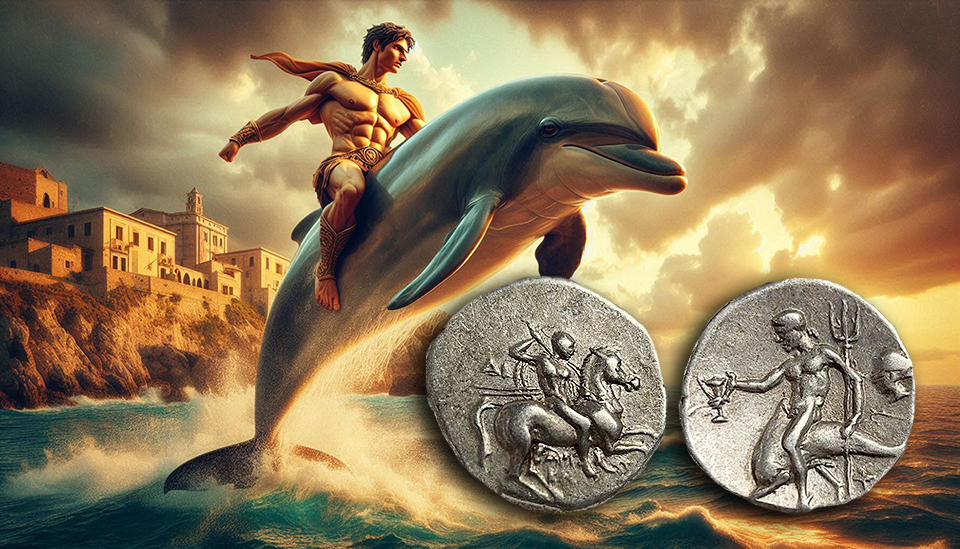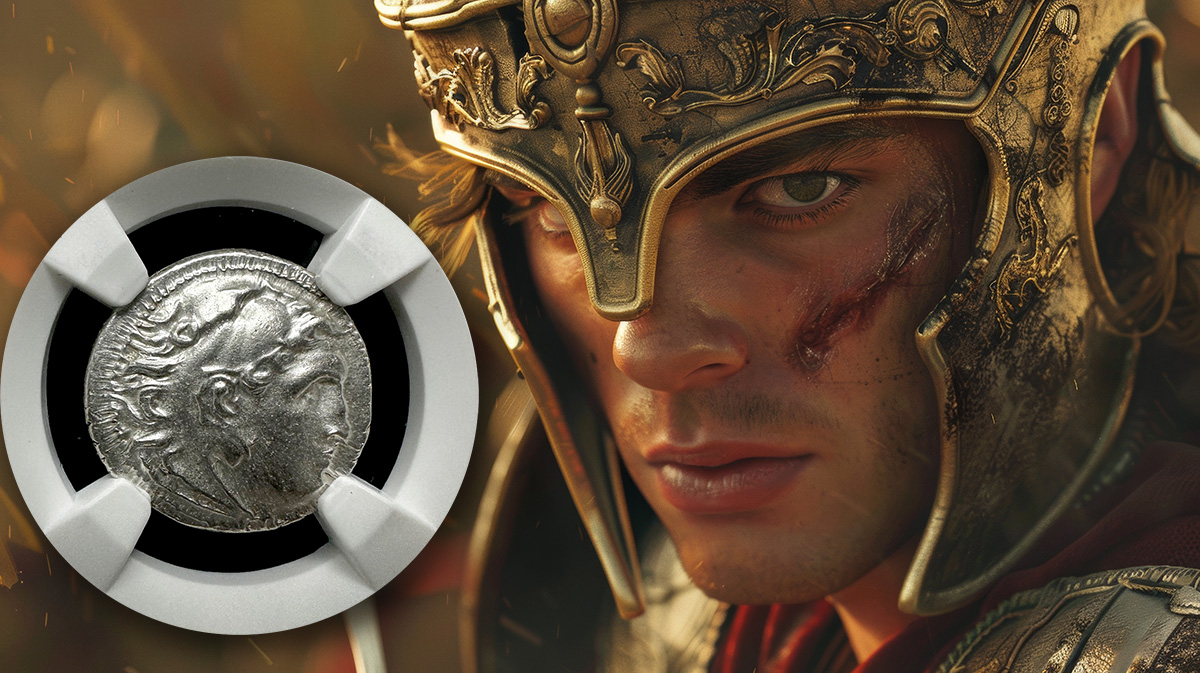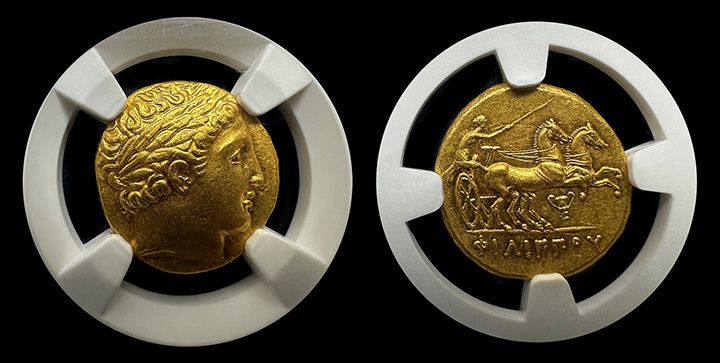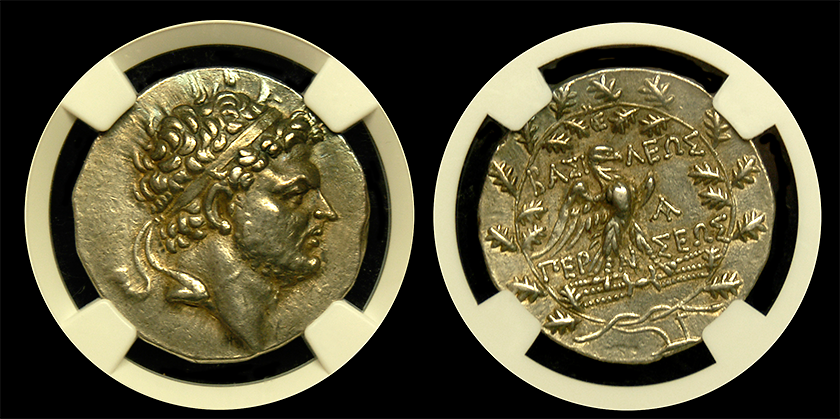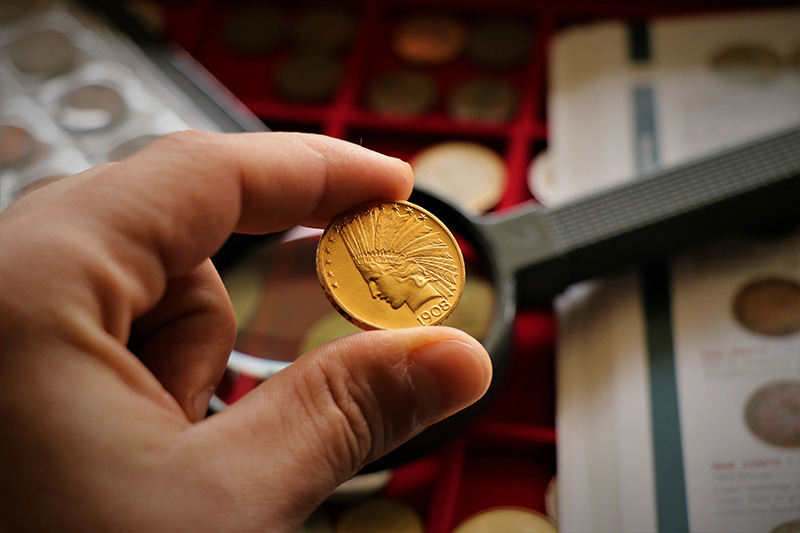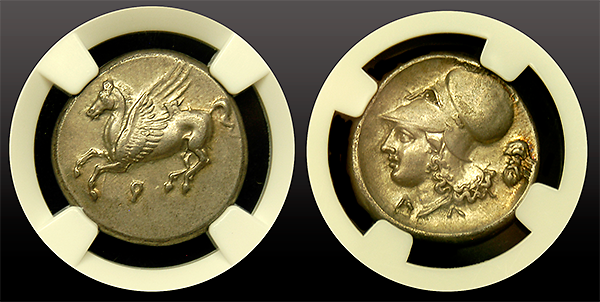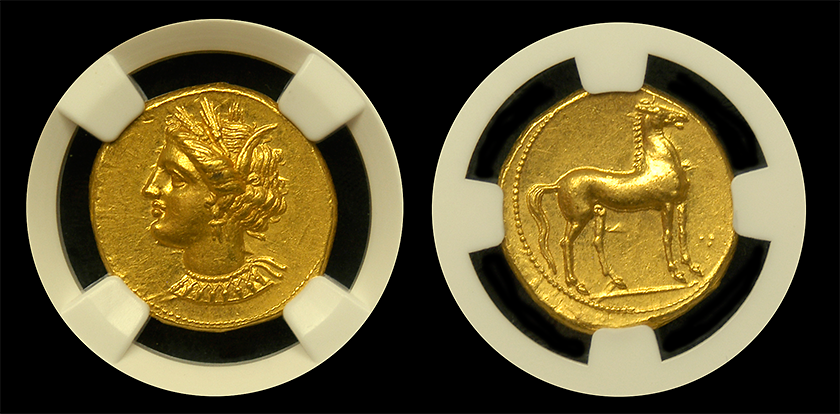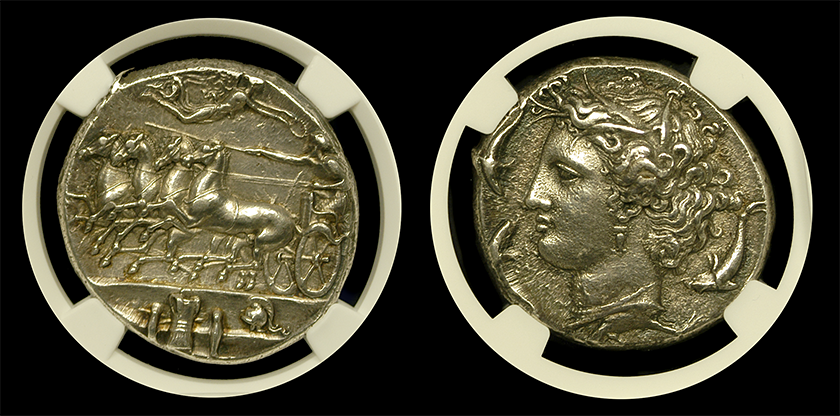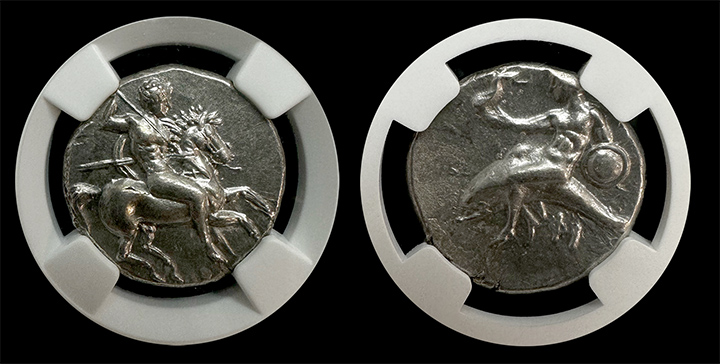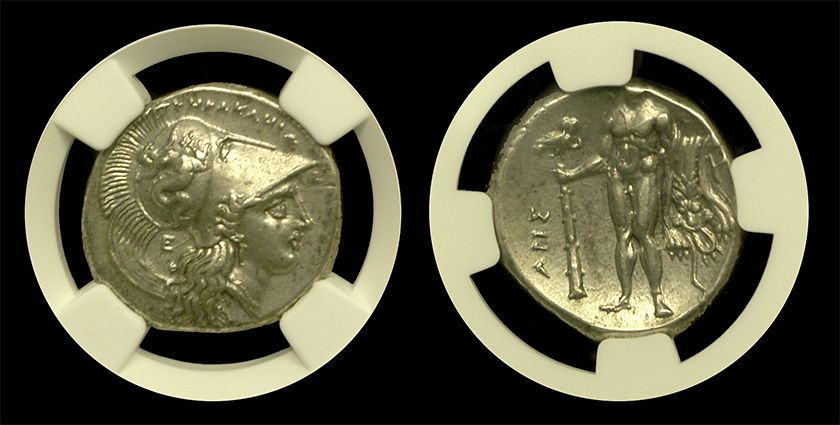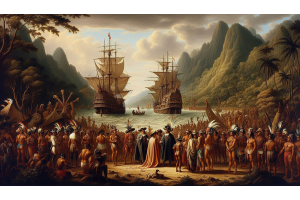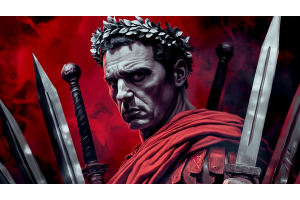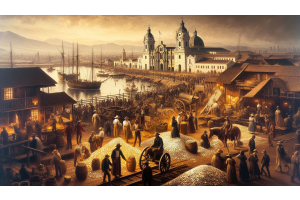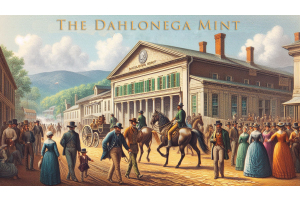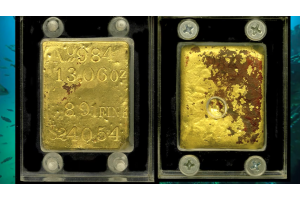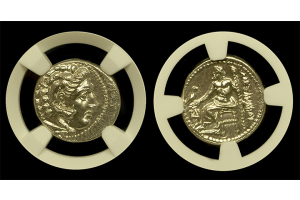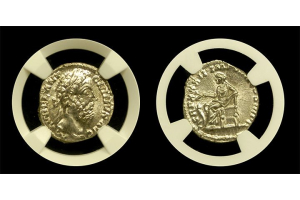Ancient Greek Coins
- Posted: March 28, 2025Read more »
The Rich History of Ancient Calabria and Its Remarkable Coinage
Ancient Calabria, located in the southernmost part of Italy, played a crucial role in Mediterranean history. This region, known for its Greek influence, thrived as a cultural and economic center. Traders, settlers, and warriors passed through Calabria, shaping its identity over centuries. Consequently, its significance grew over time.
The Significance of Ancient Calabria
Calabria served as a gateway between Greece and Italy. Greek settlers established colonies here, bringing their language, art, and traditions. The city of Taras (modern-day Taranto) became one of the most powerful Greek settlements in the region. Moreover, Taras controlled vital trade routes, linking the western Mediterranean with the eastern world.
Greek Influence on Calabria
The Greeks introduced advanced architecture, philosophy, and political systems. As a result, their influence transformed Calabria
- Posted: March 07, 2025Read more »
A Rising Star in the Macedonian Empire
Lysimachus: Warrior Turned King was born around 360 BC in Thessaly, a region known for its fierce warriors. He came from a noble family and was trained in the art of war from a young age. With discipline and skill, he quickly gained recognition in the Macedonian military ranks. As a young man, he caught the attention of King Philip II of Macedon, who saw potential in his strength and leadership.
When Philip was assassinated in 336 BC, his son, Alexander III—later known as Alexander the Great—took the throne. Already an established warrior, Lysimachus became one of Alexander’s trusted bodyguards. This elite group, known as the Somatophylakes, protected the king in battle and served as his closest advisors. This position not only gave Lysimachus direct access to Alexander but also allowed him to witness some of the greatest
- Posted: September 14, 2024Read more »
Early Life and the Division of the Empire
Philip II of Macedonia, the father of Alexander the Great, was one of the most influential figures in ancient history. His rise to power reshaped the region, and his leadership laid the foundation for a powerful Macedonian state. This blog will explore how he came to power, his key accomplishments, the challenges Macedonia faced during his reign, what eventually happened to him, and how he is remembered today.
How Philip II Came to Power
Born in 382 BC, Philip II was the youngest son of King Amyntas III. Political chaos shaped his early life as Macedonia faced external threats and internal instability. After the death of his brother, King
- Posted: July 19, 2024Read more »
Coming to Power
Perseus of Macedon rose to power during a turbulent era and became the last king of Macedon. Born around 212 BC, he was the eldest son of Philip V. Macedon. Under Philip's rule, he faced continuous pressure and conflict from Rome, which sought to expand its influence in the region. Despite the challenges, Perseus was groomed for leadership from a young age, learning the arts of war and governance.
Philip V had initially favored Perseus's younger brother, Demetrius, due to his diplomatic ties with Rome. Demetrius was sent to Rome as a hostage in 197 BC and developed favorable relations with the Romans. This caused tension between the brothers, as Roman influence was increasingly viewed with suspicion by the Macedonian court. Perseus, wary of Rome’s intentions and protective of Macedonian sovereignty, saw his brother as both a political and personal
- Posted: January 26, 2024Categories: Electrum Coins, Rare US Coins, Rare Gold Coins, Egyptian Empire, Alexander the Great, Rare World Coins, Rare Silver Coins, Shipwreck Coins, Medieval Coins, Ancient Persian Coins, Ancient Roman Coins, Silver Reales, Ancient Coins, Gold Escudos, Macedonian Empire, Ancient Greek Coins, Byzantine Empire, US Bronze Medal, Platinum Coins, World Gold Coins, Gold and Silver Bullion, Lydian Empire, Ancient Silver Coins, Ancient Egyptian EmpireRead more »
Introduction: A Guide to Building Your Unique Treasure
In the world of rare coin collecting, enthusiasts are captivated by history and welcome tips on collecting rare coins. Museums, such as the American Numismatic Association Money Museum, showcase extraordinary collections. The Smithsonian National Numismatic Collection and the British Museum contribute to our appreciation of rare coins, emphasizing their historical significance.
The allure of rare coins extends beyond museum walls. Auction houses and private collectors frequently make these numismatic treasures available for sale. Rare coin collecting is not just a cultural and historical journey; it's also an opportunity for financial gain. Rare collections, featuring sought-after coins, can
- Posted: September 29, 2023Read more »
A Glimpse into the 4th Century BCExploring Ancient Corinthia, an ancient city-state in Greece, holds a unique place in history. It was situated in a region known as Corinthia, a narrow stretch of land that connected the Peloponnese to mainland Greece. This city flourished as a hub of culture, trade, and politics in the fourth century BC. Furthermore, it boasted a wealth of remarkable individuals and events that left an enduring mark on history.
Location and Geographical Context
Before we delve into the significant people and historical events, let's set the stage by exploring the geographical context. Corinth's strategic location played a pivotal role in its prosperity during the 4th century BC. Positioned on a narrow strip of land with two major harbors, Lechaion and Cenchreae, the city became a vital hub
- Posted: August 11, 2023Read more »
Nestled along the northern coast of Africa, Zeugitana emerged as a region of historical significance during the reign of Carthage in c.350-320 BC. This era witnessed the zenith of Carthaginian power and influence, shaping the destiny of the Mediterranean landscape. Also, the ancient glory of Zeugitana is a captivating tale and a period that left an indelible mark on the region's history.
The Rise of Carthaginian Supremacy
During c.350-320 BC, Carthage was at the height of its power, ruling over a vast maritime empire that spanned across the Mediterranean. With its strategic location, naval prowess, and robust economy, Carthage exerted significant influence over the lands it controlled. Zeugitana, a coastal region encompassing parts of modern-day Tunisia, was an integral part of Carthage's dominion. This period marked an era of expansion and prosperity
- Posted: August 04, 2023Read more »
Introduction
The majestic city of Syracuse, nestled on Sicily's eastern coast, stood as a powerful city-state with significant influence over the Mediterranean region. Additionally, the reigns of Timoleon and Hiero II contributed to the "Glory Days of Sicilian Syracuse," the golden era of Syracuse's history. This marked an extraordinary time for the ancient city.
The Rise of Sicilian Syracuse
Nestled on Sicily's eastern coast, Syracuse emerged as a powerful city-state during ancient times. Two remarkable leaders, Timoleon and Hiero II, played pivotal roles in shaping the city's golden era. Let's delve into their reigns and the enduring impact they had on Syracuse's history.
- Posted: May 02, 2023Read more »
The ancient Greek city of Taras was later Latinized as Tarentum by the Romans. In fact, the ancient Greek city-state is located in southern Italy. It was one of Magna Graecia's most prominent colonies. In short, a group of Greek colonies was established in the area during the 8th and 7th centuries BC.Founded in 706 BC by Spartan colonists, Taras was a thriving center of trade, art, and culture. Its location on the Gulf of Taranto made it an important hub for commerce between the Greeks and indigenous Italic people. Taras was also famous for its art and culture.
The Tarantine culture
Tarantine culture was profoundly influenced by Greek colonies on the island of Sicily and southern Italy. However,
- Posted: April 14, 2023Read more »
Heraclea, also known as Herakles, was a mythical hero of ancient Greece known for his incredible strength and courage. In addition, Heraclea also played a role in the history of ancient coins and the city of Heraklion. In this post, we'll explore the legacy of Heraclea and how it led to the founding of the city of Heraklion.
Heraclea was a figure of great importance in ancient Greek mythology. He was Zeus's son with Alcmene, a mortal woman. However, his extraordinary power and courage enabled him to complete a number of difficult undertakings. Among them were seizing the Erymanthian Boar, slaying the Nemean Lion, and wiping out the Augean Stables all in a single day.
In addition to his heroic feats, Heraclea also played a role in the history of ancient coins. His picture appeared often on




